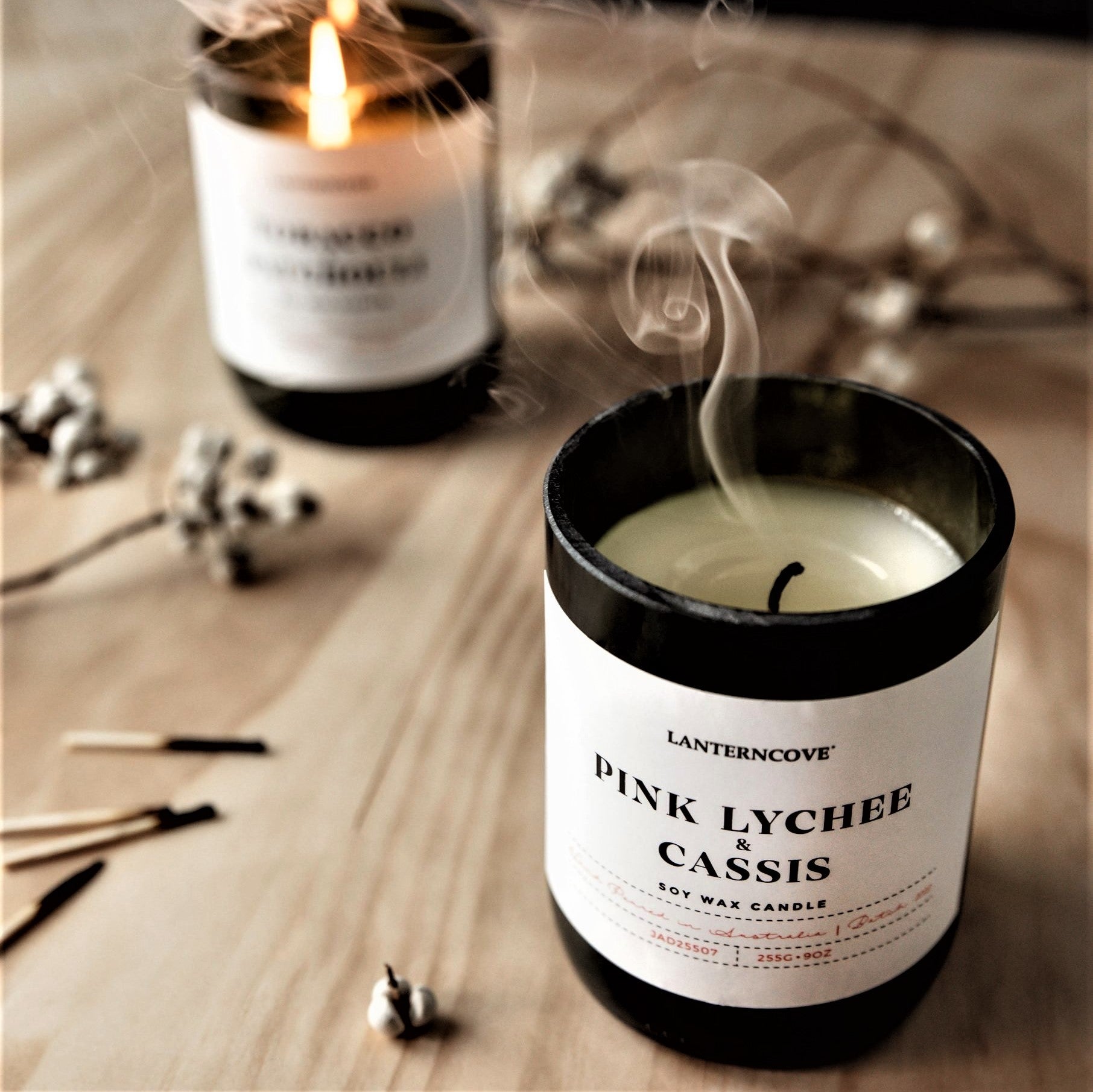Brighten Your Setting with Crystal Soy Candles and Home Fragrance
Brighten Your Setting with Crystal Soy Candles and Home Fragrance
Blog Article
From Wick to Wax: Understanding the Chemistry Behind Soy Wax Candles and Their Environmental Effect
As we brighten our areas with the cozy glow of candle lights, there exists a realm of intricate chemistry behind the seemingly straightforward act of lighting a soy wax candle light. Join us as we unwind the scientific ins and outs behind soy wax candle lights and explore their effects on our setting.
Soy Wax Vs. Paraffin Wax
When contrasting soy wax and paraffin wax for candle production, it is necessary to understand the unique characteristics and advantages of each product. Soy wax is an all-natural, eco-friendly source originated from soybean oil, making it environment-friendly and naturally degradable - home fragrance. On the other hand, paraffin wax is a byproduct of petroleum refining, which increases problems about its environmental effect and sustainability
Soy wax candle lights burn cleaner and emit less residue compared to paraffin wax candle lights, making them a healthier selection for interior air quality. In addition, soy wax has a reduced melting factor, enabling for a longer-lasting candle light that distributes fragrance better. Paraffin wax, on the various other hand, has a tendency to burn faster and much less easily, possibly releasing unsafe chemicals right into the air.
From a sustainability point of view, soy wax is favored for its biodegradability and renewable sourcing, lining up with the growing customer preference for environmentally conscious items. While paraffin wax has been a typical option in candle making as a result of its price and convenience of use, the change in the direction of eco-friendly choices like soy wax is obtaining energy in the industry.
Chemical Composition of Soy Wax

Burning Refine in Soy Candles
The chemical composition of soy wax straight affects the burning procedure in soy candles, influencing elements such as burn time, aroma release, and ecological impact. When a soy candle is lit, the warmth from the flame melts the wax near the have a peek here wick.
The burning effectiveness of soy candle lights is affected by the purity of the soy wax and the high quality of the wick. Furthermore, soy wax candles have a lower environmental effect compared to paraffin candle lights due to their eco-friendly and naturally degradable nature.

Ecological Benefits of Soy Wax

Taken into consideration a lasting alternative to typical paraffin wax, soy wax provides remarkable environmental benefits that make it a prominent selection among eco-conscious consumers. One considerable advantage of soy wax is its sustainable sourcing. Soy wax is acquired from soybean oil, which is predominantly cultivated in the USA. The farming of soybeans assists support regional farmers and decreases the dependence on non-renewable nonrenewable fuel sources used in paraffin wax production. Additionally, soy wax is biodegradable, meaning it breaks down naturally without releasing damaging toxic substances into the atmosphere. This particular makes soy wax candle lights an extra environmentally friendly choice contrasted to paraffin wax candle lights, which are made from petroleum, a non-renewable resource. Furthermore, soy wax burns cleaner and generates much less soot than paraffin wax, adding to much better interior air top quality and decreasing the requirement for cleansing and upkeep. Overall, the environmental benefits of soy wax line up with the growing demand for sustainable and environment-friendly products in the marketplace.
Recycling and Disposal Factors To Consider
Reusing and correct disposal of soy wax candles play a crucial duty in keeping ecological sustainability and go minimizing waste in households and neighborhoods. When it comes to recycling soy wax candle lights, the first step is to ensure that the candle has actually shed completely.

In regards to disposal, if recycling is not an alternative, soy wax candle lights are eco-friendly and can be safely thrown away in a lot of family waste systems. It is constantly suggested to inspect with regional recycling facilities or waste management services for specific guidelines on candle disposal to ensure proper handling and ecological defense.
Verdict
To conclude, the chemistry behind soy wax candles discloses their environmental advantages over paraffin wax candle lights. Soy wax, originated from soybean oil, burns cleaner and creates much less residue when compared to paraffin wax. The combustion process in soy candles is more pop over to this web-site effective, causing a much longer and much more also shed. Additionally, soy wax is eco-friendly and biodegradable, making it an extra lasting choice for candle light manufacturing. Recycling and correct disposal of soy wax candles better add to their ecological impact.
When contrasting soy wax and paraffin wax for candle making, it is important to comprehend the distinctive characteristics and advantages of each material (home fragrance).Soy wax candle lights burn cleaner and send out much less residue compared to paraffin wax candles, making them a healthier selection for interior air top quality.Thought about a sustainable option to typical paraffin wax, soy wax offers noteworthy environmental advantages that make it a popular option amongst eco-conscious consumers. Soy wax burns cleaner and generates less residue than paraffin wax, contributing to far better interior air top quality and lowering the need for cleansing and maintenance.In final thought, the chemistry behind soy wax candle lights exposes their ecological benefits over paraffin wax candle lights
Report this page